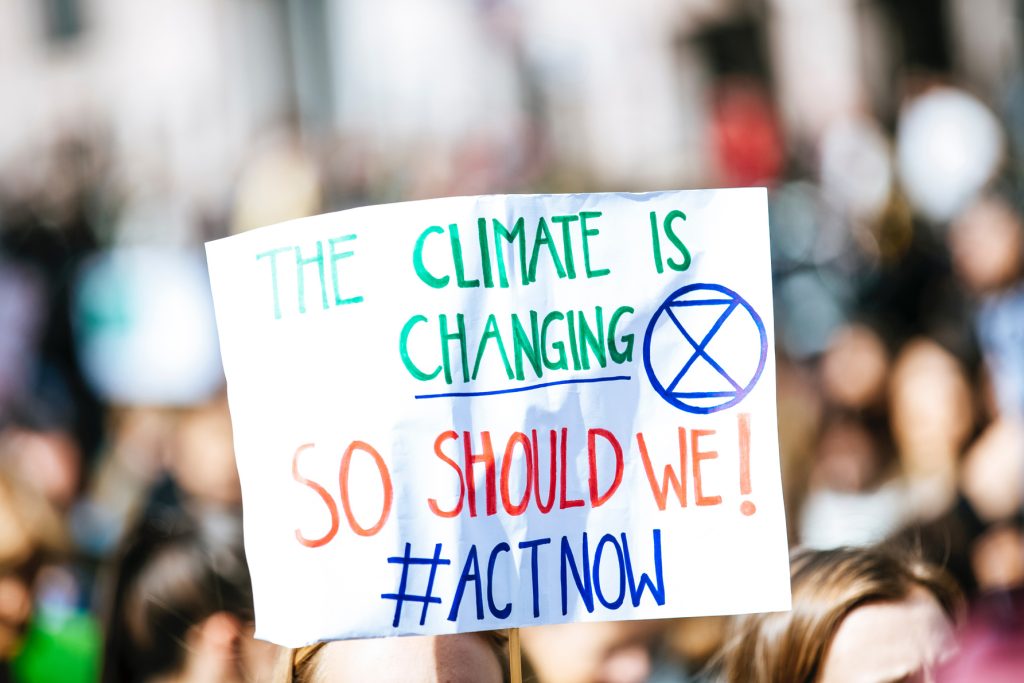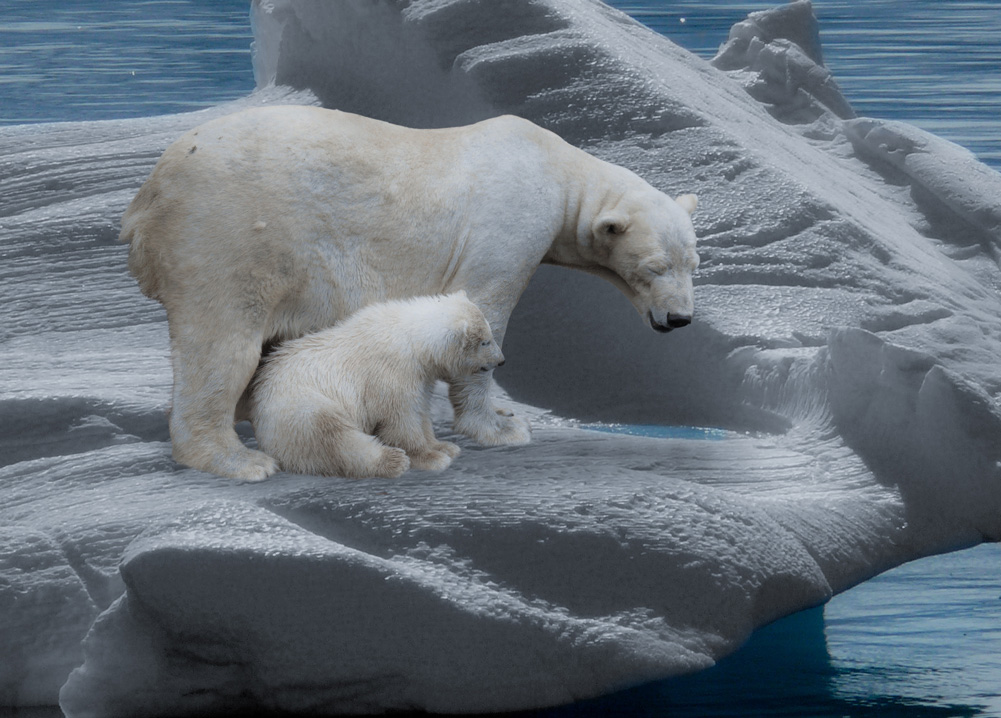Climate change is an important part of our times and we are at a crucial moment. The global impacts of climate change are pervasive, threatening food production and increasing the risk of catastrophic flooding. If action is not taken, it will be more difficult and costly to adapt to these changes. Large, now drastic climate studies suggest it is likely to hit the world as much as the global temperature index set by climatologists, within the next five years.
A Negative impact on the planet
Climate change is now the most intractable problem facing humanity. The situation of our planet caused by this phenomenon is all the more serious as there is today a danger to life, particularly for future generations. We are therefore all concerned since today we are at a decisive moment in our history, even in our existence, especially since the consequences of this climate change will be, according to researchers’ forecasts, disastrous for life on earth.
The situation is therefore serious, especially since climatological studies indicate that the world will probably reach the global temperature limit set by climatologists during the next five years. The researchers also predicted that, by 2025, the annual global temperature would be 1.5°C higher than the global temperature before the industrial revolution. An increase which exceeds that set by the Paris Agreement on climate change (2015) and which scientists recommend at all costs not to exceed in order to avoid the worst effects of climate change. It should be noted that this conclusion is drawn from the report recently published by the World Meteorological Organization (WMO). It is based on a study carried out by the Bureau of Meteorology in Great Britain with the collaboration of a panel of climatologists from ten countries, including the United States and China.
Another report published, this time by United Nations scientists, confirmed, moreover, that the negative impact of man on climate change is an “undeniable fact”. This unprecedented report indicates that persistent greenhouse gas emissions could also cause a change in temperatures in less than a decade. It also mentions the rise in sea level which would be almost two meters by the end of our century.
But in contrast to all these alarming forecasts, other researchers still maintain the hope of seeing a significant reduction in greenhouse gas emissions, which will thus make it possible to stabilize the rise in temperatures. This is what was mentioned in a 42-page report on climate change recently written by an intergovernmental body and sent to different governments under the title «A summary for decision-makers».
It should be noted, however, that the various reports and other research carried out on the subject consider that «Climate change is a scientific reality and is hardly an occasional event in human life, because no continent is today at risk. shelter from disasters induced by global warming.
Indeed, violent heat waves, devastating fires and repeated hurricanes are hitting all over the world today, causing thousands of victims in many countries around the world. Which means that global warming has now crossed the Rubicon.
It is therefore necessary to combine efforts and undertake concerted international actions to mitigate its harmful and dangerous effects on our environment.
To do this, it is important to endorse the objectives of the Paris Agreement which, it should be noted, consists of keeping global warming this century below 2°C. Our responsibility is therefore as committed as it is collective since, according to many researchers, “the challenge of climate change knows no national borders, it threatens life on the entire planet. Achieving sustainable development requires a global approach; countries must therefore urgently intensify their actions to adapt to the new climate reality and work for a true global alliance for a zero gas emissions project
Finally, it should be noted that the United Nations report was, since 2015, the first important document on global warming to have aroused so much concern and fear in the world. António Guterres, Secretary General of the UN, described it as a “red alert for humanity”. This is why he has continued to call on rich countries and development banks to participate financially to adapt to climate change in poor regions of the world. “Neither procrastination nor excuses,” he recalls, “are permitted today and the leaders of the planet are required, more than ever, to provide clear answers to this phenomenon.

Human responsibility is called into question
Greenhouse gases occur naturally and are, contrary to popular belief, necessary for the survival of humans and millions of living beings on the planet since they allow part of the solar heat to be retained before returning it to the environment. space to make the Earth habitable. However, human activity for more than
a century through industrialization, deforestation and large-scale agriculture has meant that the quantities of greenhouse gases in the atmosphere have reached record levels never equaled for three million years.
As economies and people’s standards of living increase, so does the level of accumulation of greenhouse gas (GHG) emissions. Therefore, it is now more than necessary to think about strategies to mitigate this harmful phenomenon which threatens life on earth. Our survival is at stake since there is not yet an alternative planet for our humanity.

The consequences of global warming on the planet
It is observed that the average annual temperature level is below 50°C in Antarctica and 30°C in Greenland. Greenland is a region that offers a wide variety of natural riches such as uranium, zinc, gold, nickel, iron and other metals that can attract the desire of major world powers.
The poles are melting at an impressive speed
Glaciers represent the largest reservoirs of drinking water on the planet with 70% of the world’s fresh water resources. The location of the ice caps is located at the poles, with a large volume of ice. These ice sheets tend to melt and lose hundreds of billions of tons of ice per year. Over the past forty years, Arctic sea ice has lost approximately 3 million square kilometers. The polar regions are covered by 30 million km³ of ice. However, this ice continues to melt, and Ocean levels rise by 65 meters between the melting of Antarctica and Greenland.
Why do we need polar ice?
Ice caps are essential as they regulate the balance of atmospheric heat and oceans. They reflect crucial solar radiation in summer and function as thermal insulation in winter.








































